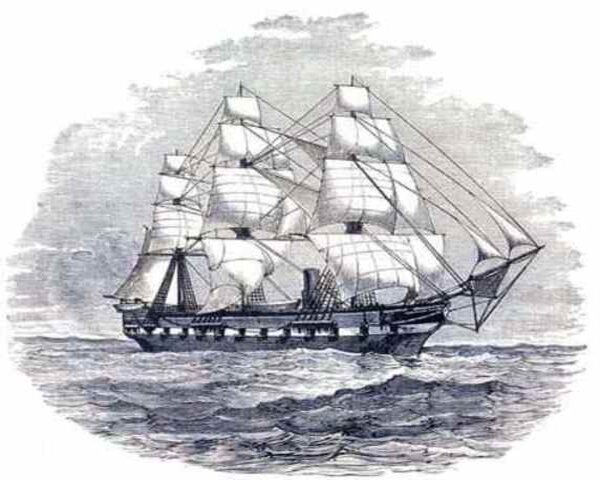Art and architecture flourished during his reign
Art and architecture reached their pinnacle during Ashoka's reign. The best surviving examples of Mauryan art are Ashoka's Pillars (Sthambhas). They were created by cutting single stones from the grey Chunar. There are around 30 pillars located throughout the Indian subcontinent. Rampurva, Lauriya, Nandangarh, Sarnath, and Sanchi all have well-known pillars. The Sarnath Pillar (Lion Capital) is the most famous surviving structure of the Ashokan era, out of all the Mauryan Columns. It contains an inverted lotus with petals and a magnificent portrayal of four Asiatic lions seated back to back, all carved with amazing beauty. Lions are thought to represent strength, courage, pride, and confidence. The Ashoka Chakra, a carving of a spoked wheel, can be found on the capital of one of Ashoka's pillars. This wheel represents the Gautama Buddha's Dhamma wheel, which was put in motion by him. During Ashoka's reign, 84,000 Buddhist stupas were built across the Indian subcontinent to commemorate Gautama Buddha's achievements. The Ashokan Stupas in Bharut and Sanchi are the most popular among the several Ashokan Stupas that still exist today. UNESCO has also designated the Great Sanchi Stupa as a World Heritage Site.
Apart from the Pillars and Stupas, Ashoka's inscriptions are historically significant since they are a fairly dependable source of information about his reign. There are three types of Ashokan inscriptions found across the subcontinent: rock inscriptions, pillar inscriptions, and cave inscriptions. The Ashoka edicts are a collection of 33 inscriptions on the Ashoka Pillars. The inscriptions can be found all across the world, from Afghanistan to Andhra Pradesh (Nellore District). The edicts of Ashoka lay out his policies and achievements. The majority of Ashoka's inscriptions are written in the Brahmi script, which is a combination of numerous Prakrit dialects. However, Ashoka's inscriptions have also been discovered in Greek and the First Persian Empire's Aramaic language. The Kandahar Bilingual Rock Inscription, written in Greek and Aramaic, the Kandahar Greek Edict of Ashoka, the KAI 273 in Takshashila, and the Laghmann I inscription, all written in Aramaic, are among the most well-known.











